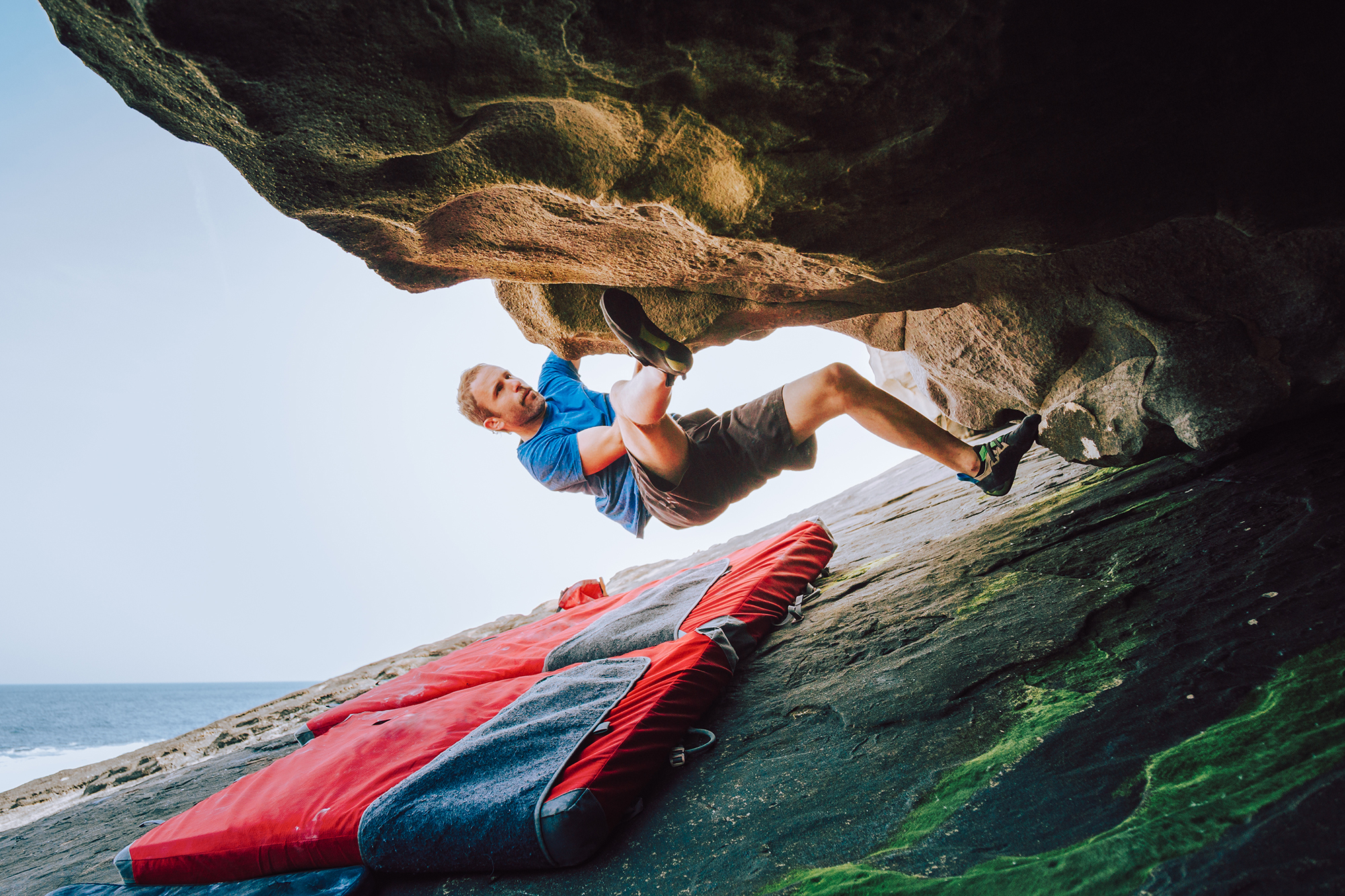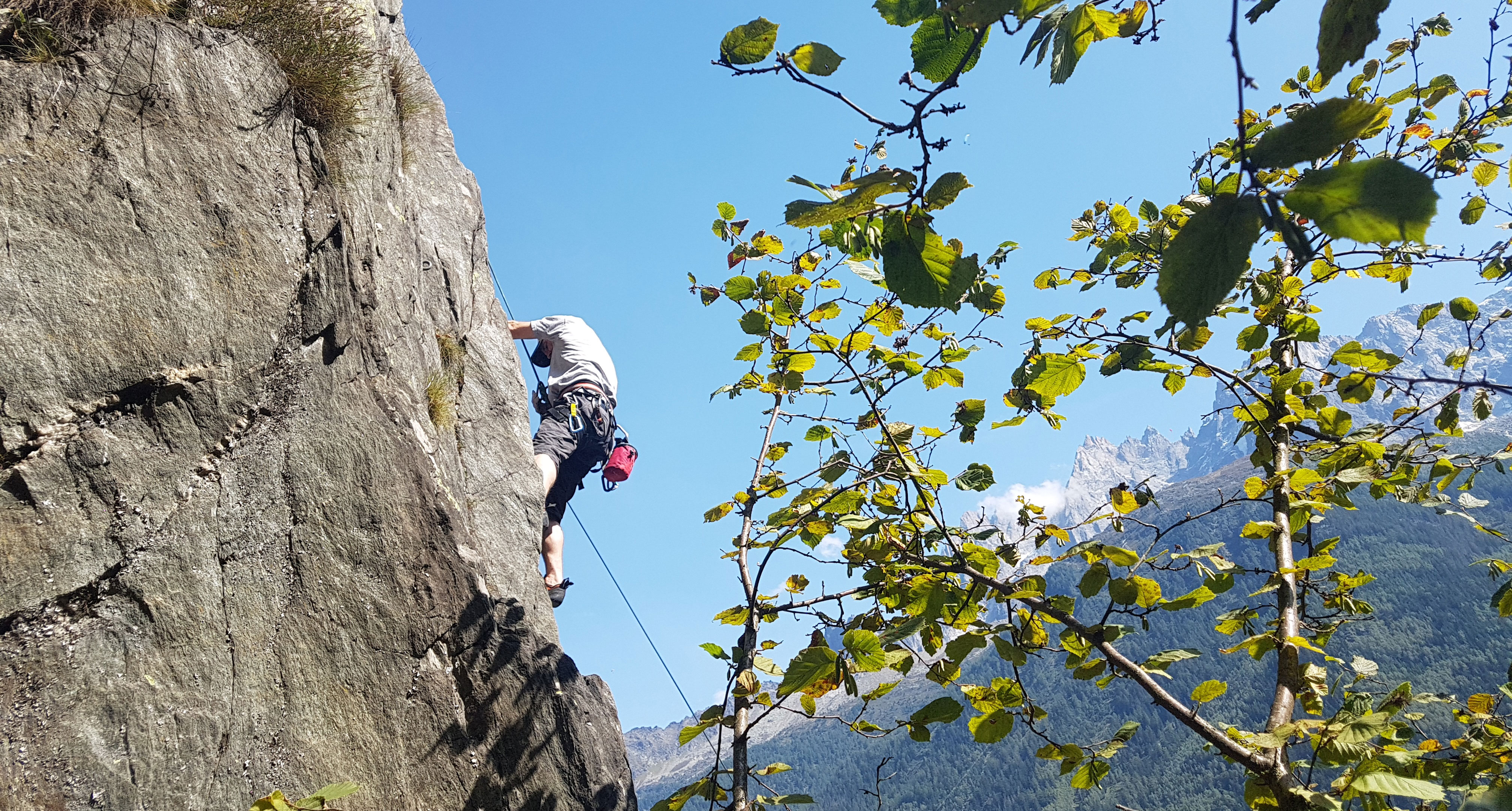Today’s blog is all about Rock Climbing, a sport that’s a great workout, easy to pick up but and difficult to master. Opportunities to get to grips - pun intended - with this exciting sport are becoming more and more popular, but what’s the best way to get started? Check out our tips below!
WHAT TO BRING FOR A ROCK CLIMBING SESSION
For most indoor and outdoor rock climbing venues, almost everything you need will be provided when you arrive. Your first few sessions will be led by a guide who will provide you with everything you need. For indoor climbing, it’s sometimes recommended to wear trainers or comfortable pumps. For other forms of climbing - including the outdoor climbing you’d do with us - you’ll be provided with proper climbing shoes.
There’s three main types of rock climbing, so let’s explore them in a bit more detail below. Depending on the type of climbing you're doing, the other equipment provided will vary a little.
TOP ROPING
This is the type of rock climbing you’d expect to see in indoor climbing venues. Top Roping sees you anchored by a rope with the objective of climbing up a typically vertical wall. On any fall, tension is applied to the rope causing you to become suspended mid air. This is known as belaying, and will allow you to be gently lowered to the ground to get back to climbing again.
The walls you’ll typically see indoors have coloured grips, these indicate the different paths you can take to the top. The colours also represent different difficulties, letting you challenge yourself as you improve. Of the three types of rock climbing, top roping is generally the least physically demanding.

BOULDERING
The first key distinction with Bouldering compared to other types of climbing is that you don’t use a rope or harness. The main objective here is the same, but typically the height you’re trying to conquer is much smaller, but with different challenges. The routes you take (known as "problems" in bouldering) are shorter, snappier climbs that will have crash pads below.
Due to the space and size requirements being notably less for bouldering, indoor bouldering is becoming more and more prominent in workout spaces. With a low barrier for entry, it’s a great way to test yourself physically and problem solve at the same time.

SPORT (LEAD) CLIMBING
The final type of climbing, known as sport or lead climbing, is the most popular form of outdoor climbing. Working your way along a predefined route, you’ll need to clip yourself in as you go. With the chance to fall in short sharp bursts (known as “whippers”), lead climbing can really get the adrenaline going.

OUTDOOR CLIMBING ON YOUR NEXT ADVENTURE
Rock Climbing is one of the most popular activities in all of our destinations, particularly the Chamonix Valley.
With routes and difficulties available for all climbing abilities, you’ll be dropped off, equipped, taught and/or guided, and brought home with a big smile on your face. Cragging, a form of top roping or lead climbing, offers easy grades in popular tourist areas or peaceful, quiet locations that will let you take the sights in from unique and dramatic perspectives.
If you’d like to learn more about a spent day rock climbing on your next adventure, check out our links below or get in touch.



